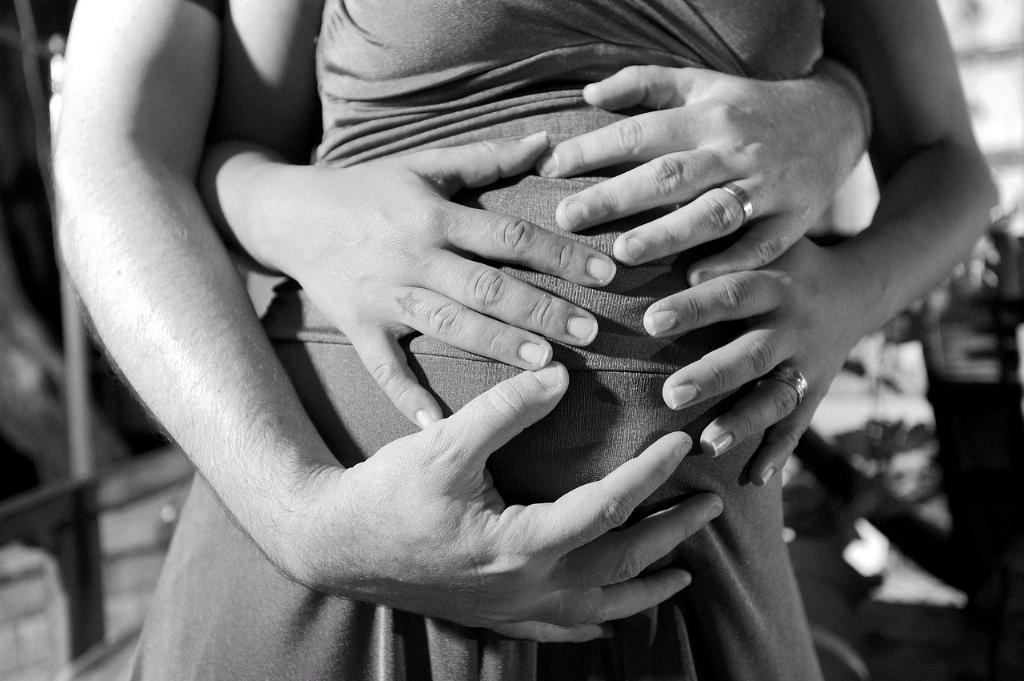When it comes to the number of C-sections a woman can have safely, it’s crucial to consider that each individual’s medical history and circumstances play a significant role in determining the answer. While there is no one-size-fits-all solution, medical authorities generally recommend that if multiple C-sections are planned, it is advisable to stick to a maximum of three procedures.
Multiple C-sections can lead to potential risks and complications for both the mother and the baby. The more C-sections a woman undergoes, the greater the likelihood of encountering issues such as placenta accreta, where the placenta attaches too deeply to the uterine wall, or uterine rupture, which can pose serious threats to maternal health.
It’s worth noting that while the recommendation is to limit C-sections to three, some women may require more than this number due to specific medical conditions or unforeseen circumstances. In such cases, close monitoring by healthcare professionals is essential to mitigate risks and ensure the safety of both the mother and the baby.
Factors such as the interval between C-sections, the incision type used, and the overall health of the mother can also influence how many C-sections a woman can safely undergo. Adequate time for proper healing between pregnancies is crucial to reduce the risk of complications associated with multiple cesarean deliveries.
Discussing the potential risks and benefits of multiple C-sections with a healthcare provider is essential for women considering additional cesarean deliveries. In some cases, a vaginal birth after cesarean (VBAC) may be a suitable alternative to reduce the need for repeated C-sections and lessen the associated risks.
While every case is unique, and individual circumstances can vary, adhering to the expert recommendation of limiting C-sections to three can help minimize the potential risks posed by multiple surgical deliveries. Open communication with healthcare providers and informed decision-making are key elements in ensuring the best possible outcomes for both the mother and the baby.
It’s essential for women who have undergone multiple C-sections to be aware of the increased risks involved with each subsequent procedure. Regular prenatal care, monitoring of maternal health, and proactive management of any potential complications are vital components in promoting a safe and healthy pregnancy following previous cesarean deliveries.
Women who have had multiple C-sections should be vigilant about any signs of complications during pregnancy, such as abnormal bleeding, abdominal pain, or changes in fetal movement. Prompt reporting of these symptoms to healthcare providers can allow for timely interventions and appropriate management to safeguard maternal and fetal well-being.
Ultimately, the decision on how many C-sections a woman can safely have should be based on a thorough assessment of the risks and benefits specific to her individual situation. Consulting with a healthcare provider who is knowledgeable about maternal health and experienced in managing multiple cesarean deliveries can provide valuable insights and guidance in making informed choices regarding childbirth options.
By staying informed, actively engaging in prenatal care, and maintaining open communication with healthcare providers, women can navigate the complexities of multiple C-sections with confidence and prioritize the safety and well-being of themselves and their babies throughout the pregnancy and delivery process.
In conclusion, while the recommended limit of three C-sections provides a general guideline for safe practices, individualized care and personalized medical advice are key considerations in determining the most appropriate approach for each woman’s unique circumstances and ensuring optimal outcomes for both mother and baby.

